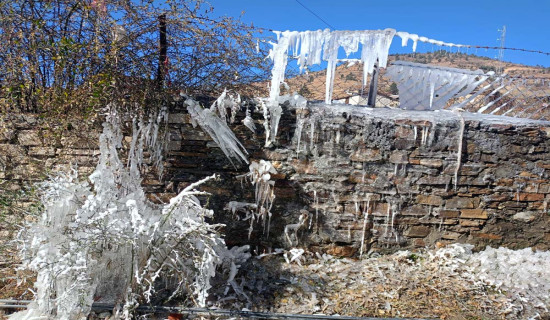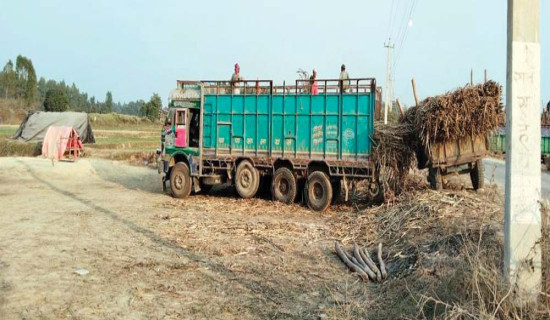- Friday, 27 December 2024
Widen Insurance Coverage
Health is wealth, goes a popular saying. It is true that a person with a sound health lives a happy and successful life. But one has to spend a chunk of money to be hale and hearty - be it in developed countries or the least-developed ones. For those with inadequate income, the medical expenses make a dent in their hard-earned savings. In poor countries like Nepal, the people foot the inflated medical bills. According to the Ministry of Health and Population, about half a million Nepalis fall below the poverty line annually due to their exorbitant health costs, thanks to unequal health services and their commercialisation. In order to minimise the soaring health expenses, Nepal government has introduced various social protection plans.
One of them is National Health Insurance Programme (NHIP). It seeks to support the people who have no access to quality health services so that they are not pushed into abject poverty due to serious illnesses and accidents. In 2016, the NHIP was implemented in three districts – Kailali, Baglung and Ilam – as pilot projects. Despite delays, it has now been rolled out in all 77 districts and 753 local levels. As per this scheme, a family of up to five members have to pay a premium of Rs. 3,500 annually to enjoy health services worth Rs. 100,000. A family having more than five members should pay an additional Rs. 700 for each member to receive an additional insurance cover of Rs. 20,000.
The insurance covers the expenses of minor and major ailments, including haemodialysis, surgeries and the Intensive Care Unit (ICU) services. A total of 463 health centres – 378 government-owned, 52 private and 33 community involved – have been implementing the scheme. The government pays the premium for senior citizens (70+), fully disabled individuals, MDR-TB, HIV patients and poor citizens. This is indeed a promising scheme, targeting the entire population but it has not been effective and able to bring the people into it. Only 24.7 per cent of the total population has been included in the NHIP till the fiscal year 2022/23. Of the total 7,215,098 people enrolled in it, only 4,658,331 are active insures while the renewal rate is 59 per cent.
Lack of well-equipped health infrastructures at the local levels has hindered the implementation of the scheme. Many patients go to the referral facilities located in the urban areas and capital city, which find it difficult to cater service to them. The profit-motivated private hospitals that dominate the tertiary health services are not properly regulated. Frequent transfer of employees owing to the political instability and inadequate or delayed reimbursement and drop-out of hospitals have also hit its effectiveness. Many beneficiaries consider that the quality of services they get have been compromised or they fail to get them in the time of need. In the absence of proper monitoring, premium collection is poor while the number of reimbursement claims is higher.
Authorities have insisted that there is the need of awareness among the service seekers and providers. However, the referral hospitals such as Bir Hospital do not have adequate strength of human resource to handle the large number of service seekers who come from remote parts of the country but have to wait for hours to get their documents cleared. It is imperative for the people and service providers to abide by rules and ethics. At the same time, hospitals at local and provincial levels should be upgraded into tertiary level with specialised services.

















